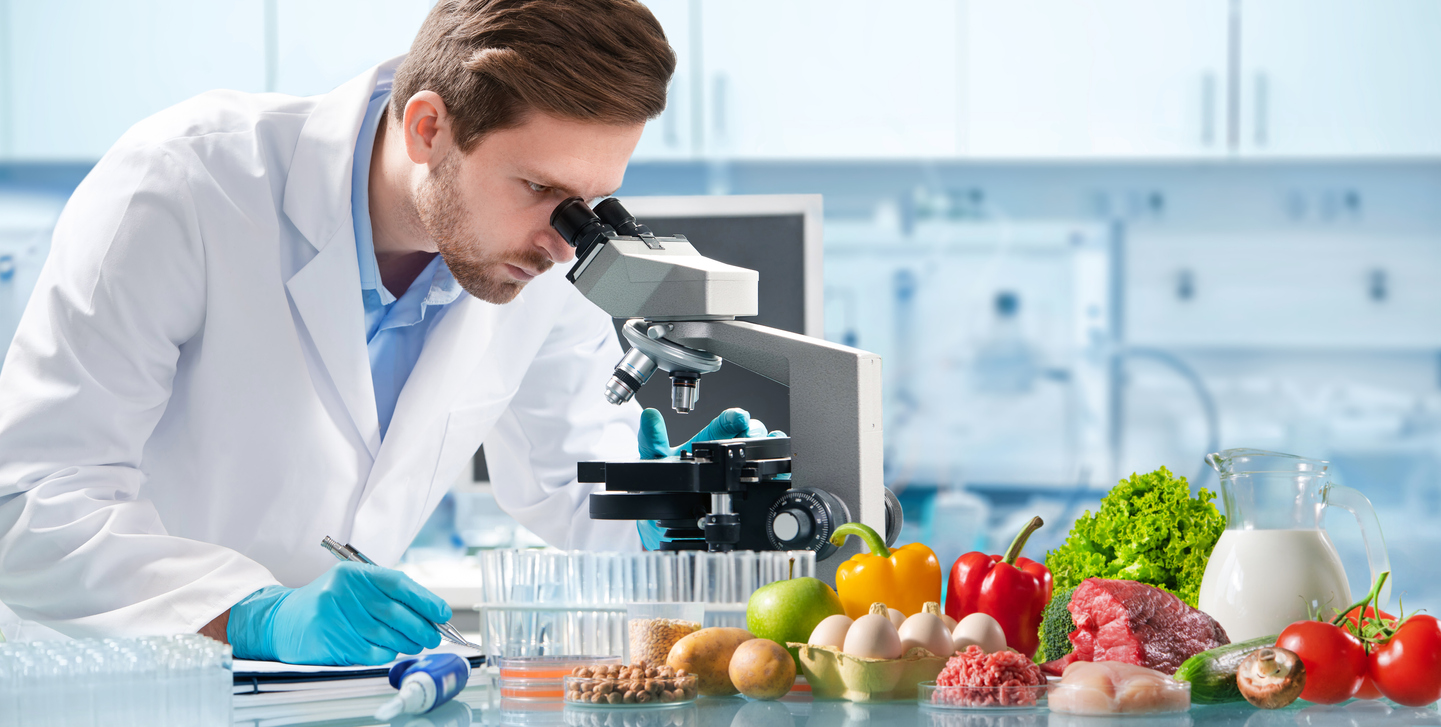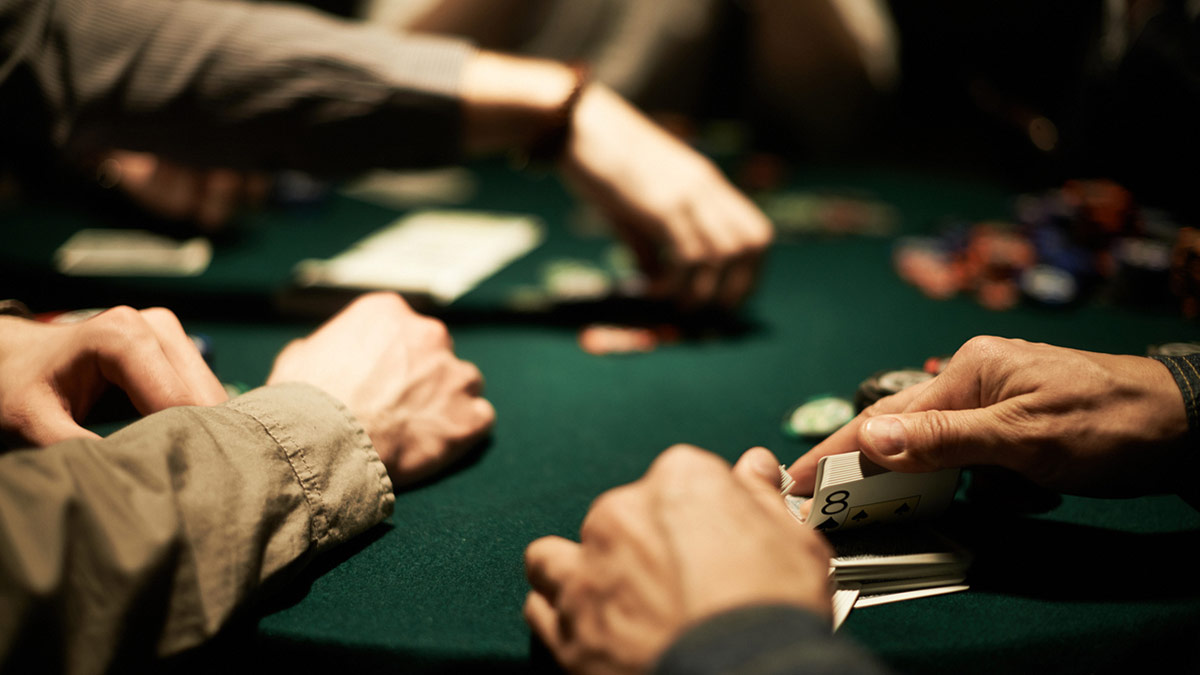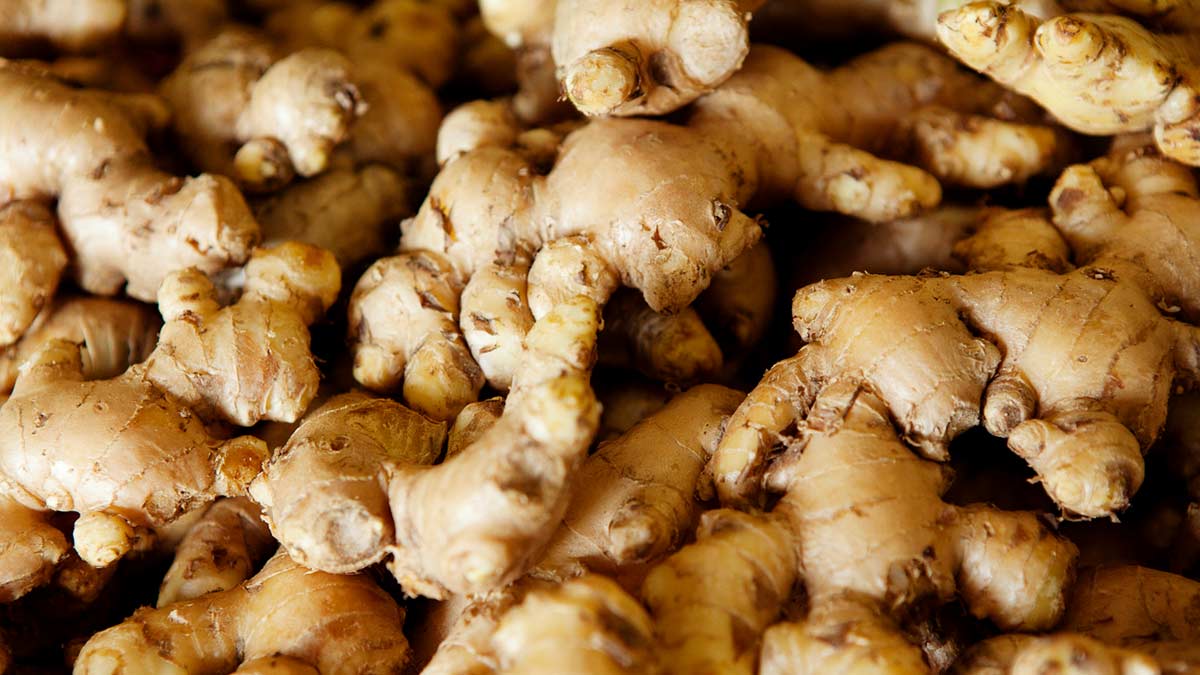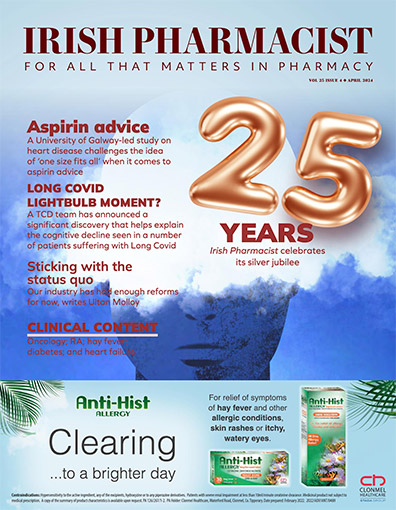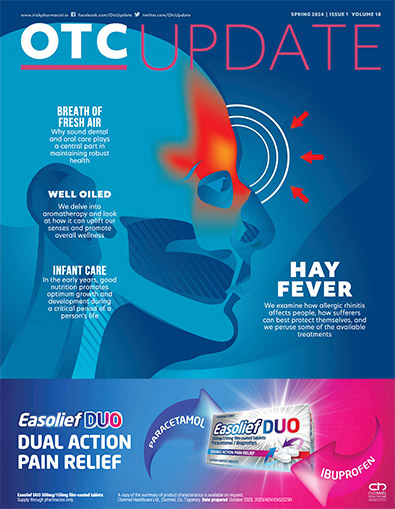Dr Des Corrgian looks at some of the take-home points from FSAI alerts and the traditional and modern use of Auahuasca
The various alerts from the Food Safety Authority of Ireland (FSAI) make for interesting but disturbing reading, describing as they do, how some of our food is contaminated with salmonella, listeria, glass, plastic and metal particles. In the past year there have also been alerts calling for the removal from sale of supplements containing blueberries, ashwagandha (Withania), saw palmetto, green-lipped mussel and turmeric due to the presence of the unauthorised pesticide/fumigant ethylene oxide. Worryingly, the FSAI have had to issue seven separate alerts covering 40 different hemp or CBD products.
Some were classified as ‘unauthorised novel foods’ that should not be on the EU market as their safety needs to be assessed, while many had levels of Delta-9-THC above those deemed safe by the European Food Safety Authority. The consumption of the latter products could cause problems for athletes, motorists and workers in companies that conduct routine or forcause drug testing because of the possibility of testing positive for cannabis.
The alert that intrigued me most was one relating to a series of products under the brand name ‘Herbs of the Gods’. This brought to mind the classical work by Schultes (who identified the ‘Magic Mushrooms’ and ‘Morning Glories’) and Hoffman (who discovered LSD), titled Plants of the Gods — Origins of Hallucinogenic Use. This book described a bewildering variety of hallucinogens, mainly of plant origin and largely from Central and South America, including Mexico.
When I read the list of plants in the FSAI alert, sure enough the first one mentioned was one that features prominently in a major hallucinogenic preparation from the Amazon called Ayahuasca. The plant in question is Banisteriopsis caapi. Since this botanical name is tortuous to write and pronounce, I will just refer to it as ‘caapi’. It is not the major component of the mixture of plants that go to make up Ayahuasca, that honour going to Psychotria viridis, source of the powerful hallucinogen Dimethyltryptamine (DMT).
DMT is inactive when consumed orally, unless it is mixed with a monoamine oxidase inhibitor that blocks its metabolism and facilitates its transfer across the blood-brain barrier. This is where the caapi comes in, as it contains the ? -carboline alkaloids harmaline and harmine, both powerful inhibitors of monoamine oxidase that increase serotonin levels by blocking deamination of the DMT.
Remarkably, this sophisticated exploitation of drug metabolic processes was developed by what once might have been disparagingly referred to as ‘primitive’ Amazonian tribes as part of their religious practices. That ritual use of Ayahuasca has spread to the rest of the world, including Ireland, from the Amazon, through the proselytising activities of Brazilian groups such as the Church of Santo Daime.
The hallucinations that kick-in after the vomiting characteristic of Ayahuasca (a purging process considered part of the ritual) are believed to facilitate communication between the Ayahuasca drinker and the supernatural world.
It is no surprise that interest in the effects of DMT have spread from its original controlled ritual consumption to recreational use. Interestingly, a September 2021 article in the Irish Journal of Medical Science by Ivers et al lists DMT among the drugs reportedly used by Irish festival-goers both here and abroad. In this case, it is likely to have been DMT powder that they ingested by smoking, injecting or snorting, as all three routes will avoid metabolism, allowing the drug to cross the blood-brain barrier.
DMT causes intense visual illusions, distortions of body image and speech disturbances. Euphoria or anxiety can occur, depending on the user’s underlying mood (‘set’) or circumstances of use (‘setting’). Psychotic-like symptoms such as thought disorders typical of schizophrenia generally disappear after a few days, but can persist in some users.
The second plant listed in the FSAI alert also contains the same monoamine oxidase inhibitory alkaloids as Caapi, ie, harmaline and harmine, but comes from the Middle East, hence its common name Syrian Rue or Peganum harmala. It has been used traditionally in the Middle East and China for thousands of years. Articles in the Journal of Ethnopharmacology (2017) and the Archives of Pharmacological Research (2020) reviewed what is known about this plant.
Traditionally used for cough, hypertension, diabetes and asthma, etc, there is evidence of effects in Alzheimer’s,Parkinson’s, cancer, diabetes and hypertension because of cholinesterase inhibition and the MAOI activity of the alkaloids. However, side-effects are listed as severe and include visual and auditory hallucinations, confusion, agitation and ataxia, along with bradycardia, nausea and vomiting. The plant is also believed to have abortifacient activity, so obviously it is contraindicated in pregnancy.
This is hardly a plant that any regulator would wish to see on open sale as a food supplement.
Flower and its white counterpart. Also called Egyptian Water Lily, Blue Lotus contains, according to a 2017 paper in the Journal of Psychoactive Drugs, two alkaloids, apomorphine and nuciferine. Apomorphine is best known for its use in Parkinson’s disease because it improves motor function by stimulating dopamine receptors. Blue Lotus Flower has a traditional reputation as a sleep aid and anxiolytic, but it can cause euphoria and hallucinations at higher doses.
A 2021 article in Military Medicine describes five cases who presented to emergency departments with symptoms such as sedation and disturbances of perception, including one case of paranoia. White Lotus is botanically distinct from the blue variety. It is widely cultivated in Asia, Australia and North America for food use. Inedible parts of the seeds are used in TCM to enhance immunity and to protect the liver. It contains powerful antioxidants that might explain its effects on obesity and insulin resistance in obese mice.
Like its blue counterpart, it too contains the alkaloid nuciferine that shares a receptor profile with the antipsychotic aripiprazole.
The final plant on the FSAI Alert is called Mexican Tarragon, which is not a ‘Tarragon’, but actually a species of marigold (Tagetes lucida). Traditionally used as an antidepressant and anxiolytic, animal studies have shown both positive and negative effects. Among the identified components are the analgesic ?-Caryophyllene (also found in cloves) and according to one paper, methyl-chavicol or estragole, which presumably is responsible for the tarragon-like odour. Estragole is considered by the EMA as a genotoxic carcinogen, exposure to which should be as low as practically possible.
Such exposure normally comes from dietary basil and tarragon or the herbal medicinal use of fennel and anise seeds, but use of Mexican tarragon could only add to that exposure and is therefore undesirable. Overall, these plants are not suitable for use as food supplements and the FSAI has done us all a favour by having them removed from sale.
Contributor Information
Dr Des Corrigan, Best Contribution in Pharmacy Award (winner), GSK Medical Media Awards 2014, is a former Director of the School of Pharmacy at TCD and won the Lifetime Achievement Award at the 2009 Pharmacist Awards. He was chair of the Government’s National Advisory Committee on Drugs from 2000 to 2011. He currently chairs the Advisory Subcommittee on Herbal Medicines and is a member of the Advisory Committee
on Human Medicines at the IMB. He is a National Expert on Committee 13B (Phytochemistry) at the European Pharmacopoeia in Strasbourg and he is an editorial board member of the Journal of Herbal Medicine and of FACT — Focus on Alternative and Complementary Therapy.

